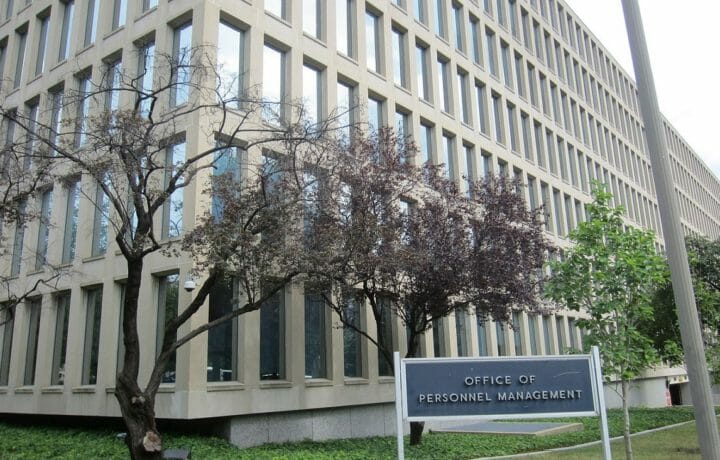Today the Personnel Management Office released its proposed rule changes to the suitability and fitness vetting standards applied to federal workers and those supporting the federal government, bringing those standards in line with the government’s Trusted Workforce 2.0 initiative.
The proposed amendments are up for a comment period that closes April 3, 2023. The key changes include putting the entire federal workforce, from low to high-risk positions into a Continuous Vetting program, eliminating the need for periodic reinvestigations, updates to suitability factors and rules changes designed to improve the overall career mobility and agency transfer for personnel.
“In the case of continuous vetting checks, agencies must also make a determination regarding continued employment that is based upon the results of those checks,” the Federal Register notice emphasizes.
The key mantra is the application of the same standards, requirements, and reciprocity rules across the public trust workforce including ‘competitive service, positions in the excepted service that non-competitively convert to the competitive service, and career appointments to the Senior Executive Service.’ Contractor fitness and suitability are also included and subject to the same suitability determinations. With one key exception: “OPM’s proposed rule does not, however, cover contractor populations in any element of the intelligence community,” the Federal Register notice states.
Clearance and Career Mobility
While security clearance policies and procedures are outlined in executive orders, suitability and fitness determinations have long been the purview of Federal Rule. And while U.S. Code 5 Part 731 provides a policy framework, creating alignment across the entire government and contractor workforce has often proven…complicated. The proposed rules not only provide a better framework for placing the federal population within the Trusted Workforce 2.0 framework, but also creating consistency in the application of suitability across agencies. The policy seeks to align the requirements of position designation, investigations, and reciprocity among suitability and fitness determinations
A key change is the enrollment of ‘low-risk’ populations which were not previously subject to reinvestigation requirements. The idea is to create both a more secure workforce and improved mobility through a common (and continuous) vetting standard.
Another key aspect to improved mobility through the elimination of periodic reinvestigations is the idea that a population enrolled in a CV solution is actively vetted: “since each individual’s investigation will always be up to date through the continuous vetting approach, agencies will no longer need to await results of a new background investigation and will instead be able to onboard individuals more quickly into new positions, while only having to request investigation necessary to cover any investigative gaps that may be due to changes in position risk and/or sensitivity,” the Federal Register notice states.
The policy also aligns with current changes being made around what behaviors and actions constitute true risk within the workforce – broadening the approach to vetting for domestic terrorism and eliminating the ‘substantial’ rehabilitation gap from drug and alcohol use to (ideally) eliminate agency prohibitions that often required one year of abstinence of all drug use prior to applying.
Updates to suitability factors:
- Separates criminal and dishonest conduct into separate categories
- Strikes requirement that alcohol and drug rehabilitation be ‘substantial’
- Changes alcohol abuse to ‘excessive alcohol use’
- Revises question about ‘overthrowing the U.S. government’ to better clarify and encapsulate acts of domestic terrorism




